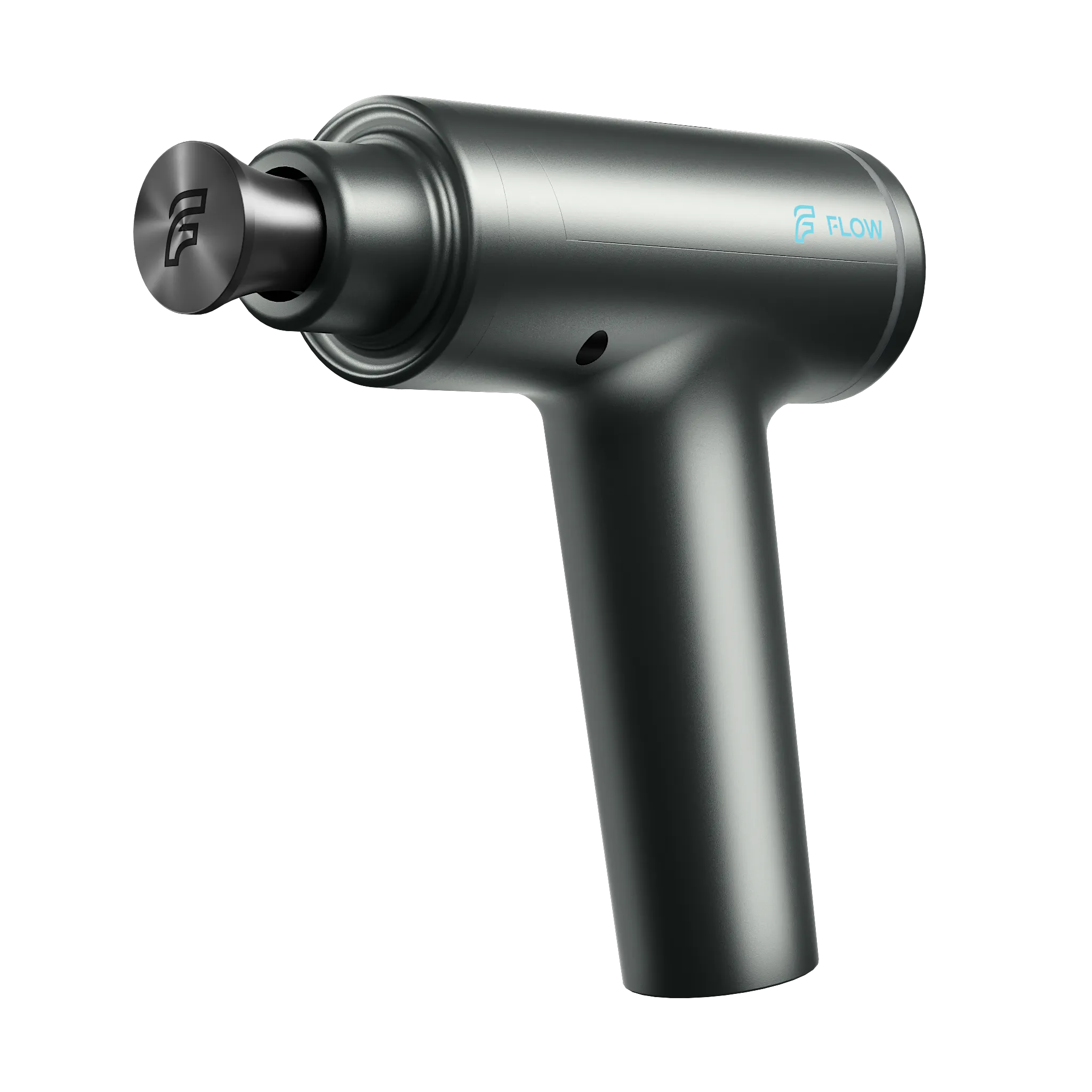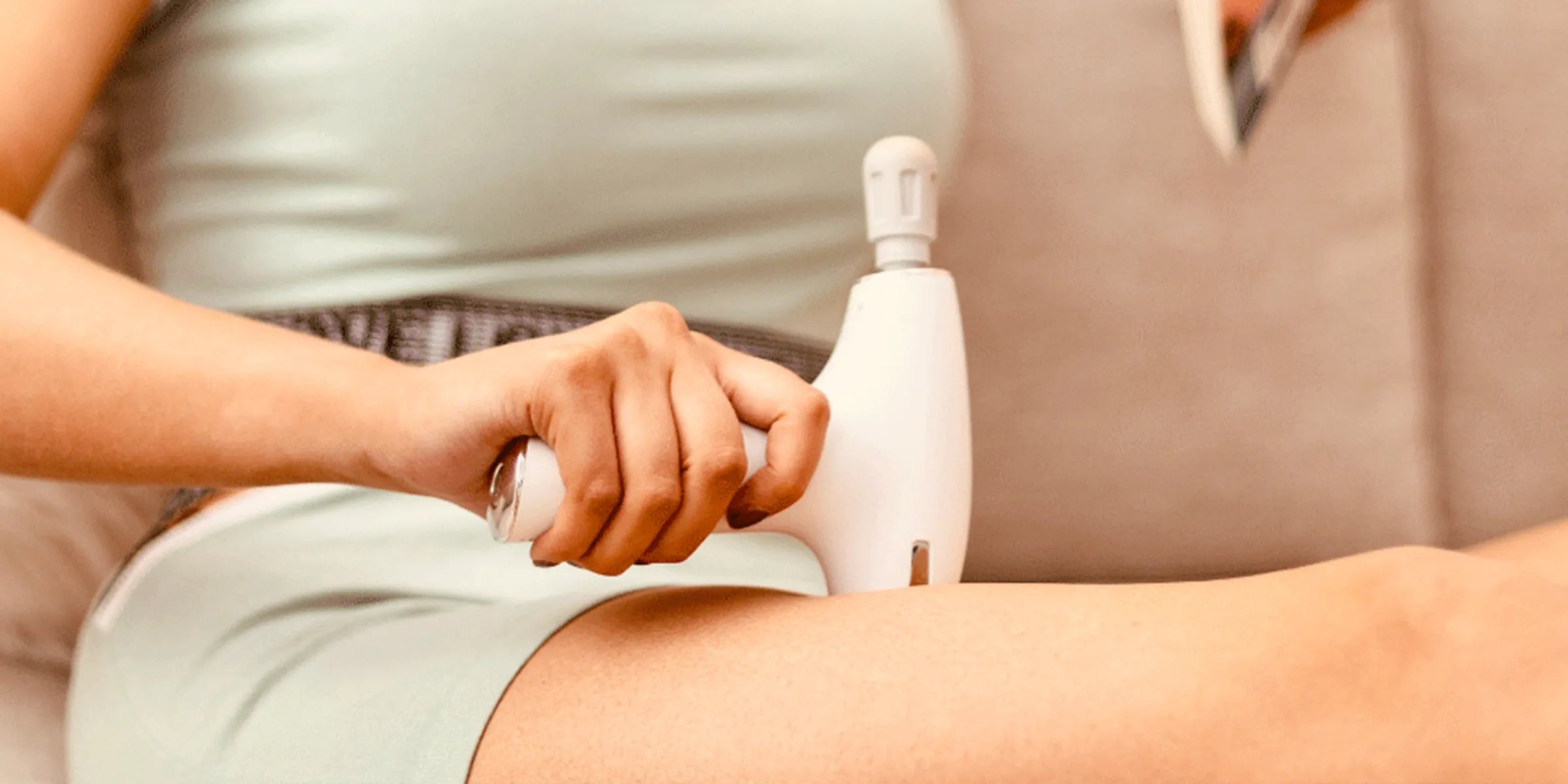Heart Rate Recovery (HRR): A Key Indicator of Cardiovascular Fitness
How quickly does your heart rate return to normal after an intense workout? The answer to this question can reveal important details about your cardiovascular health, and this is where Heart Rate Recovery (HRR) comes in. HRR is not just a measure of fitness—it’s a window into how well your heart functions and recovers after physical activity. Elite athletes and recovery enthusiasts alike are starting to recognize HRR as a critical marker of heart health.
In this article, we’ll explore what HRR is, how you can measure it, and actionable tips to improve it for better heart health.
What is Heart Rate Recovery (HRR)
Heart Rate Recovery (HRR) is the rate at which your heart slows down and returns to its resting state after intense exercise. The faster your heart rate recovers, the more efficiently your cardiovascular system is functioning. A faster HRR is often a sign of a well-conditioned heart and robust parasympathetic nervous system activity, which governs your body’s ability to relax after stress (such as exercise).
How to Measure Your HRR
Measuring your HRR can be done either manually or with the help of a fitness tracker like an Apple Watch. Both methods are effective and provide valuable insight into your cardiovascular health.
Manual Method:
- Exercise vigorously – Engage in an activity that elevates your heart rate, such as running or cycling.
- Record peak heart rate – Immediately after exercise, take note of your highest heart rate.
- Rest for 1 minute – Sit still and allow your heart rate to decrease naturally.
- Record heart rate again – After 1 minute of rest, record your heart rate.
- Calculate your HRR – Subtract your second reading from your peak heart rate.
The difference in beats per minute (bpm) is your 1-minute HRR.
Apple Watch Method:
For those using an Apple Watch, the device simplifies this process by automatically tracking your heart rate during your workout and for three minutes after it ends, calculating your HRR for you. The Workout app records your peak heart rate, and the Apple Watch measures how quickly it decreases post-exercise, offering a seamless way to monitor your recovery. Make sure your heart rate settings are enabled to capture this data effectively.
What Is a Good HRR?
To understand how well your heart recovers, it’s useful to compare your HRR to different benchmarks:
Elite athletes: A 1-minute HRR of 30-40 bpm or more is often observed in top athletes, reflecting excellent cardiovascular fitness.
General population: A 1-minute HRR of 12-20 bpm is average for active adults. The faster your HRR, the better.
If your HRR is below average, it could be an indicator that you may need to improve your fitness or take other steps to boost cardiovascular health.
How to Improve Your HRR
Improving your Heart Rate Recovery can lead to better cardiovascular fitness and overall heart health. Here’s how you can boost your HRR:
1. Exercise Regularly
Engaging in consistent aerobic exercise is one of the most effective ways to enhance your HRR. Aim for at least:
- 150 minutes of moderate-intensity aerobic exercise or
- 75 minutes of vigorous-intensity aerobic exercise per week.
Exercises like running, swimming, or cycling challenge the heart and improve its efficiency over time.
2. Focus on Heart-Healthy Nutrition
Your diet plays a significant role in improving your heart’s recovery ability. Include:
- Omega-3 fatty acids from nuts, fish, or supplements to support cardiovascular health.
- Polyphenol-rich foods like extra virgin olive oil, berries, and dark chocolate, which are known for their anti-inflammatory and antioxidant properties.
- A diet rich in fruits, vegetables, and lean proteins to support overall health.
3. Prioritize Sleep
High-quality sleep is essential for recovery. Aim for 7-8 hours of restful sleep each night. A good night’s sleep allows your heart and muscles to recover and helps balance your parasympathetic and sympathetic nervous systems, which directly impacts your HRR.
Tips for better sleep:
- Keep a regular sleep schedule.
- Develop a wind-down routine to relax before bed.
4. Additional Considerations
- Hydration: Keep hydrated throughout the day, especially before and after workouts.
- Limit processed foods and caffeine: These can negatively affect your cardiovascular health and HRR.
- Exogenous ketones: Consider them as a supplement to enhance exercise performance.
What Does Poor HRR Indicate?
A slow HRR is not just a sign of poor fitness—it can be an early warning sign for more serious health conditions. Studies have linked poor HRR to an increased risk of heart attack, cardiovascular disease, and even all-cause mortality.
Some underlying conditions associated with low HRR include:
- Coronary Artery Disease (CAD)
- Heart Failure
- Hypertension
- Metabolic Syndrome
- Sleep Apnea
In a landmark study published in the New England Journal of Medicine, involving over 2,000 middle-aged participants with initial heart conditions, a low HRR was a strong predictor of mortality risk, with a 400% increase in mortality over the 6-year follow-up period. This illustrates the significance of tracking HRR as part of your health monitoring routine.
Thank you for providing the tweet thread! Here’s a detailed, informative blog post based on the content you shared, highlighting Heart Rate Recovery (HRR) as a key indicator of cardiovascular fitness:
Focus Keywords: Heart Rate Recovery, HRR cardiovascular fitness
Slug: heart-rate-recovery-cardiovascular-fitness
Meta Description: Learn how Heart Rate Recovery (HRR) is a vital indicator of cardiovascular fitness. Discover how to measure, compare, and improve your HRR to boost heart health.
Alt Text Image: Athlete measuring Heart Rate Recovery after exercise for cardiovascular fitness insights.
Heart Rate Recovery (HRR): A Key Indicator of Cardiovascular Fitness
How quickly does your heart rate return to normal after an intense workout? The answer to this question can reveal important details about your cardiovascular health, and this is where Heart Rate Recovery (HRR) comes in. HRR is not just a measure of fitness—it’s a window into how well your heart functions and recovers after physical activity. Elite athletes and health enthusiasts alike are starting to recognize HRR as a critical marker of heart health.
In this article, we’ll explore what HRR is, how you can measure it, and actionable tips to improve it for better heart health.
What is Heart Rate Recovery (HRR)?
Heart Rate Recovery (HRR) is the rate at which your heart slows down and returns to its resting state after intense exercise. The faster your heart rate recovers, the more efficiently your cardiovascular system is functioning. A faster HRR is often a sign of a well-conditioned heart and robust parasympathetic nervous system activity, which governs your body’s ability to relax after stress (such as exercise).
For example, a HRR of 37 bpm is considered outstanding, placing an individual in the top 75% of elite athletes and 99% of the general population in terms of cardiovascular fitness.
How to Measure Your HRR
Measuring your HRR is relatively simple and only requires a stopwatch or fitness tracker. Follow these steps:
Exercise vigorously – Choose an activity that elevates your heart rate, such as running, cycling, or high-intensity interval training.
Record peak heart rate – Measure your maximum heart rate immediately after exercise.
Rest for 1 minute – Stay still and allow your heart to slow down naturally.
Record your heart rate again – After 1 minute of rest, record your heart rate.
Calculate your HRR – Subtract the second reading from the peak heart rate.
The difference in beats per minute (bpm) is your 1-minute HRR.
For example:
Peak heart rate: 170 bpm
Heart rate after 1 minute: 130 bpm
HRR = 170 – 130 = 40 bpm
What Is a Good HRR?
To understand how well your heart recovers, it’s useful to compare your HRR to different benchmarks:
Elite athletes: A 1-minute HRR of 30-40 bpm or more is often observed in top athletes, reflecting excellent cardiovascular fitness.
General population: A 1-minute HRR of 12-20 bpm is average for active adults.
The faster your HRR, the better. If your HRR is below average, it could be an indicator that you may need to improve your fitness or take other steps to boost cardiovascular health.
How to Improve Your HRR
Improving your Heart Rate Recovery can lead to better cardiovascular fitness and overall heart health. Here’s how you can boost your HRR:
1. Exercise Regularly
Engaging in consistent aerobic exercise is one of the most effective ways to enhance your HRR. Aim for at least:
150 minutes of moderate-intensity aerobic exercise or
75 minutes of vigorous-intensity aerobic exercise per week.
Exercises like running, swimming, or cycling challenge the heart and improve its efficiency over time.
2. Focus on Heart-Healthy Nutrition
Your diet plays a significant role in improving your heart’s recovery ability. Include:
Omega-3 fatty acids from nuts, fish, or supplements to support cardiovascular health.
Polyphenol-rich foods like extra virgin olive oil, berries, and dark chocolate, which are known for their anti-inflammatory and antioxidant properties.
A diet rich in fruits, vegetables, and lean proteins to support overall health.
3. Prioritize Sleep
High-quality sleep is essential for recovery. Aim for 7-8 hours of restful sleep each night. A good night’s sleep allows your heart and muscles to recover and helps balance your parasympathetic and sympathetic nervous systems, which directly impacts your HRR.
Tips for better sleep:
Keep a regular sleep schedule.
Develop a wind-down routine to relax before bed.
4. Additional Considerations
Hydration: Keep hydrated throughout the day, especially before and after workouts.
Limit processed foods and caffeine: These can negatively affect your cardiovascular health and HRR.
Exogenous ketones: Consider them as a supplement to enhance exercise performance.
What Does Poor HRR Indicate?
A slow HRR is not just a sign of poor fitness—it can be an early warning sign for more serious health conditions. Studies have linked poor HRR to an increased risk of heart attack, cardiovascular disease, and even all-cause mortality.
Some underlying conditions associated with low HRR include:
Coronary Artery Disease (CAD)
Heart Failure
Hypertension
Metabolic Syndrome
Sleep Apnea
In a landmark study published in the New England Journal of Medicine, involving over 2,000 middle-aged participants with initial heart conditions, a low HRR was a strong predictor of mortality risk, with a 400% increase in mortality over the 6-year follow-up period. This illustrates the significance of tracking HRR as part of your health monitoring routine.
The Science Behind HRR: Parasympathetic vs. Sympathetic Activity
HRR is driven by two key processes in your nervous system:
Parasympathetic activity: This is responsible for calming the body and allowing recovery after exercise.
Sympathetic activity: This activates your "fight or flight" response during intense activity but needs to withdraw post-exercise to allow recovery.
During immediate recovery, parasympathetic activity reactivates quickly, which is the primary driver behind a rapid drop in heart rate. Sympathetic activity decreases more slowly, affecting longer-term recovery.
HRR as a Powerful Marker of Fitness
Heart Rate Recovery (HRR) is more than just a number—it’s a powerful indicator of how efficiently your heart recovers from stress and exercise. Whether you’re an elite athlete or someone looking to improve your fitness and recovery, tracking your HRR can offer valuable insights into your cardiovascular health. By focusing on regular exercise, proper nutrition, and sleep, you can significantly improve your HRR, leading to better long-term health outcomes.Start by measuring your HRR today and make recovery an integral part of your fitness journey.
Sources:
ScienceDirect - Heart Rate Recovery
NEJM Study on HRR and Mortality
PubMed - HRR Predictive Value




Leave a comment
This site is protected by hCaptcha and the hCaptcha Privacy Policy and Terms of Service apply.